![[Introduction] Qt 6 Programming Part 2강의 썸네일](https://cdn.inflearn.com/public/courses/326823/cover/9c839f33-d59f-422a-9704-64534673a39c/커버이미지_Qt 6 프로그래밍_2편.png?w=420)
[Introduction] Qt 6 Programming Part 2
qtdev
This lecture is the second part of Qt Programming Part 1. If you are new to Qt, we recommend that you study Part 1 first and then Part 2.
입문
Qt, GUI
Learn Qt and Python programming skills through real-world projects. This course will help you grow from beginner to intermediate level by learning the latest Qt and Python programming trends and techniques.
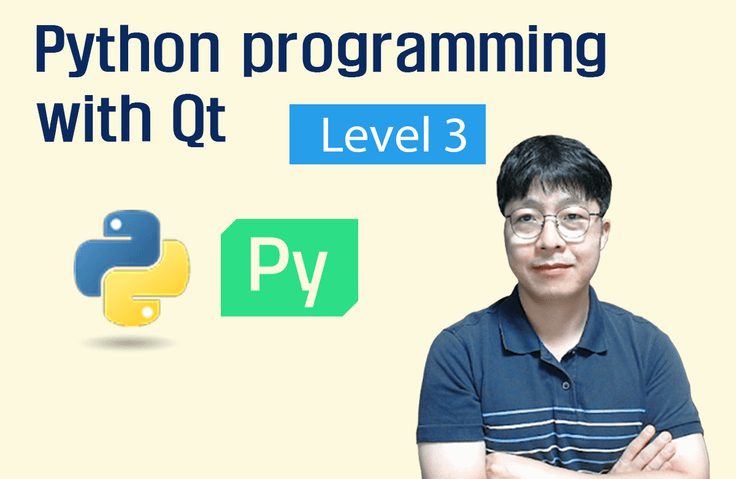

To advance from beginner to intermediate level, you will learn core Qt Python skills through practical project examples.
Deepen your Qt and Python programming skills with real-world examples from a variety of fields including networking, multimedia, document processing, and IPC.
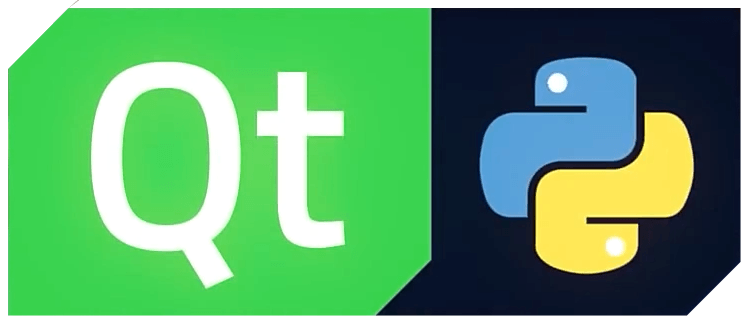
This course will equip you with practical project implementation skills using Qt and Python, and teach you programming techniques used in a variety of fields, including networks, multimedia, IPC, and RESTful APIs. Through a wealth of examples, including TCP/UDP-based servers and clients, WebSocket-based applications, multimedia control, and camera and audio device handling, students will gain a variety of development skills essential for practical work.
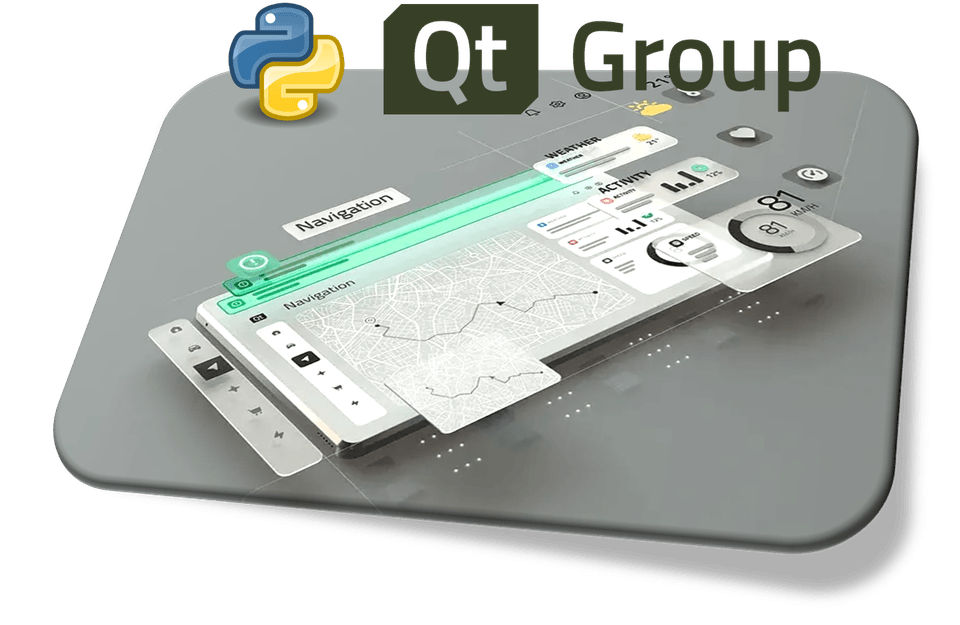
Python programming with Qt is widely used in desktop software, embedded systems, network programming, multimedia applications, and IoT solutions. The skills gained in this course will provide practical skills that can be immediately applied to projects across these diverse industries.
This course goes beyond simple conceptual learning and is designed to help beginner developers advance to an intermediate level through hands-on projects. It focuses on helping students immediately apply what they learn to real-world tasks and projects. For Python developers seeking to master the various technical elements required in the workplace, this course is the perfect choice for rapid, practical growth.
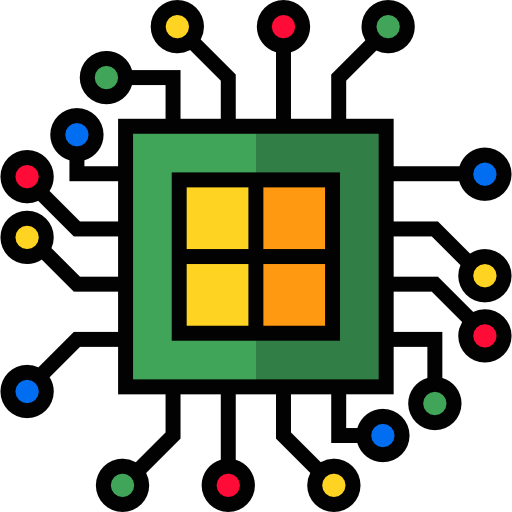
Those who want to learn the core technologies of Qt and Python
Recommended for those who want to improve their development skills through practical learning rather than theoretical learning.
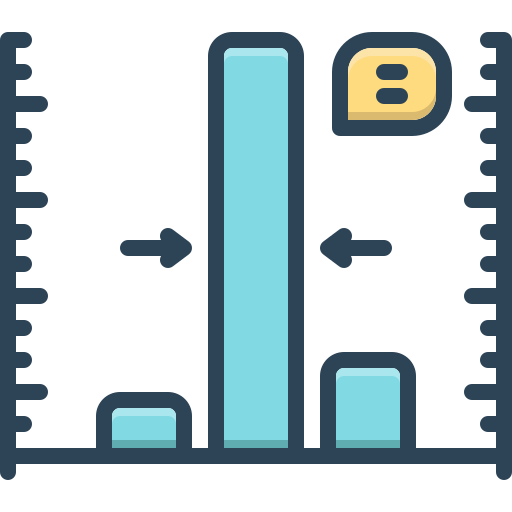
Anyone who wants to grow from a beginner to an intermediate developer
This course is suitable for those who want to gradually build their skills and acquire technologies in various fields such as networks, multimedia, document processing, and IPC.

Those who want skills that can be applied immediately through various practical examples
This course is recommended for those who want to learn practical skills that can be applied immediately in the workplace and learn the latest Qt and Python programming techniques.
After taking this course, you will gain solid development skills capable of implementing immediately applicable projects using Qt and Python. You will acquire practical skills in a variety of fields, including networks, multimedia, and device control, building the confidence and skills to advance from a beginner developer to an intermediate expert. Furthermore, you will gain the practical skills to freely utilize Qt across various platforms and environments, enabling you to demonstrate greater value in your work and projects.
Practical project-based learning
We provide practical training that teaches you the key features of Qt and Python through real-world project examples rather than theory, enabling you to immediately apply what you learn.
Application examples in various fields
You can build a broad range of technical skills by covering cases in various fields such as networks, multimedia, RESTful APIs, and device control, and learn skills that can be immediately applied in the field.
A systematic curriculum that leaps from beginner to intermediate level
We provide step-by-step learning designed to help beginner developers grow into intermediate developers, enabling them to acquire scalable skills ranging from network programming to multimedia processing.
Learn how to use Qt in various environments
By learning how to leverage Qt and Python in diverse environments, including desktop, embedded, and IoT, you can develop technical competencies that enable you to flexibly respond across multiple platforms.
Section 1. Starting the lecture
Before the lecture begins, this section provides an overview of the entire learning process. This section introduces the instructor and summarizes the key content covered in each section, helping you grasp the overall flow of the lecture.
Section 2. Lecture Materials
This section provides all the example source code files used in the lectures, starting in Section 3 , in a compressed file for download. This section is provided for reference purposes only, not as part of the course.
Section 3. Setting up the development environment
This section delves into how to set up a development environment for Python programming with Qt. We also explore using Visual Studio Code and Qt Creator as IDEs for writing source code.
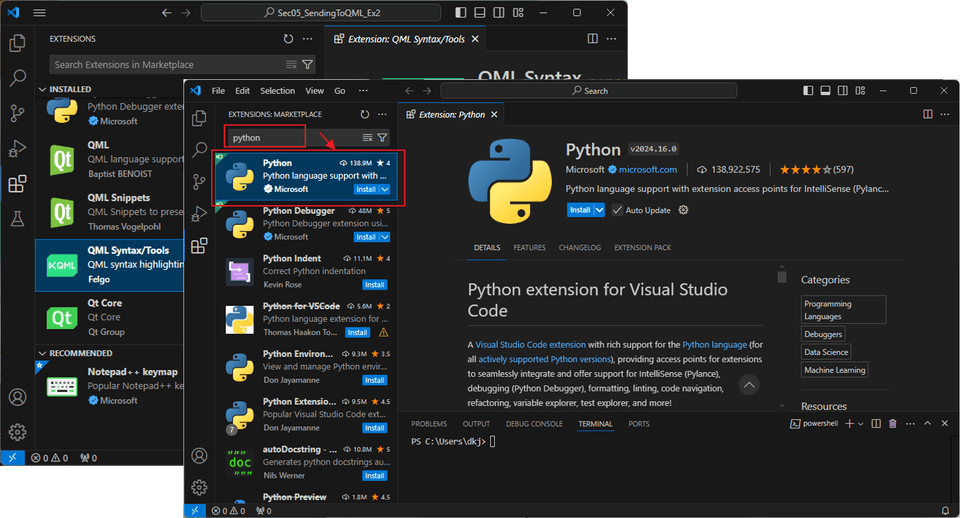
Section 4. Implementing a Client Using a RESTful API
A REST or RESTful API is an API that adheres to the Representational State Transfer (REST) architecture and is implemented according to REST design principles. In this section, you will learn how to implement a RESTful client using Qt, based on REST API design principles.

Section 5. Implementing a Simple Chatting Server and Client
In this section, you'll learn how to implement a TCP-based, multi-user chat server using the Qt Network module. You'll also learn how to build a client (Chatting Client) that connects to the chat server and enables real-time chat between users.
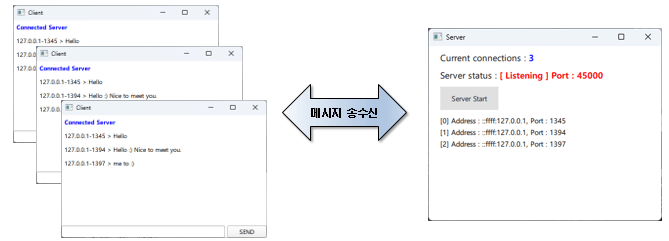
Section 6. Implementing a WebSocket-based Server and a Client Using HTML5
The HTTP protocol is a method in which a web server processes a request and closes the connection once it has completed its response to the user (web browser). To address the network resource waste and connection delays caused by this repetitive process of opening and closing connections for each request, WebSockets were developed, which maintain connections while still using the HTTP protocol.
In this section, we'll learn how to implement a WebSocket-based chat server using Qt, and how to design a chat client that runs on a web browser using HTML5 and JavaScript.

Section 7. Audio Player
Qt provides features that make it easy to implement a variety of multimedia applications. In this section, before working on a practical project, you'll learn the concepts of audio sample rate and bit rate, and how to calculate bytes when decoding encoded (compressed) data such as MP3. You'll also learn how to implement an application that plays audio files encoded with the MP3 codec using Qt's Multimedia module.

Section 8. Video Player Implementation
In this section, you'll learn how to implement an application that easily plays video files using Qt's Multimedia module. You'll further enhance your multimedia programming skills by developing a video playback application that considers real-time media processing and user experience.
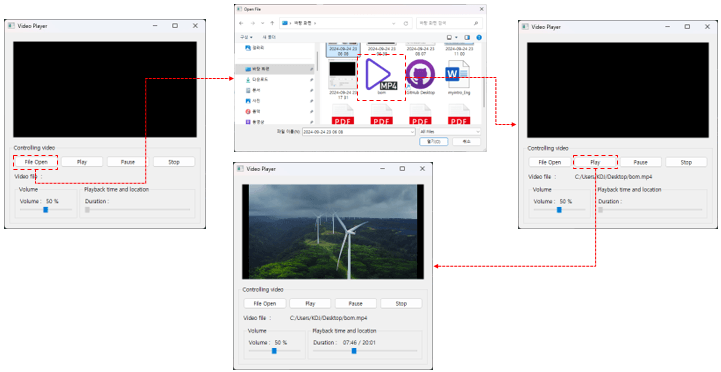
Section 9. Building a Mini Broadcasting Station that Transmits Microphone Voices Over the Network
In this section, we'll implement two applications using Qt. In the first application, we'll learn how to extract voice data from a microphone and transmit it over the network via the UDP protocol. In the second application, we'll implement a function that outputs the voice data received via the UDP protocol to a speaker.
Through this, you will gain practical experience in building voice data transmission and reception applications and designing a small network radio station.

Section 10. Implementing a Video Output Application Using a Camera
In this section, you'll learn how to control camera devices connected to your computer using the Qt Network module. You'll also learn how to implement applications that effectively control and utilize camera devices, thereby acquiring the camera handling skills necessary for real-world projects.
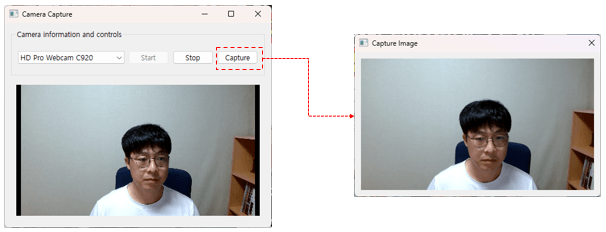
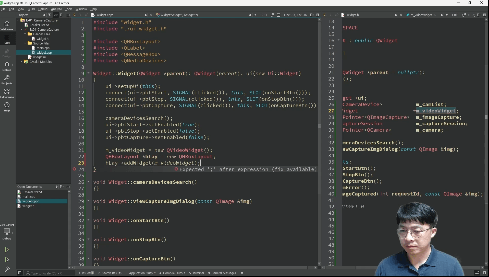
Theory and practice at once
The course is structured to enhance your practical skills. Each section features hands-on learning through real-world projects, allowing you to enhance your practical skills.
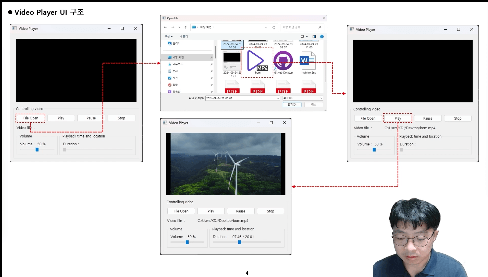
Beyond the online walls
We've captured the image of a knowledge sharer on the screen. Learn anytime, anywhere, as if you were taking an offline class, with vivid live coding.
Q. Can a beginner who is learning Qt and Python for the first time follow this course?
A. This course includes content for beginner developers to help them understand the basics of Qt and Python. However, you will learn more effectively by completing the [Level 1] and [Level 2] courses. If you are a beginner, we recommend taking those courses before attempting this course.
Q. Can the practical examples I learn in this course be applied directly to real-world projects?
A. Yes, this course covers examples of networks, multimedia, document processing, and IPC, which are frequently used in practice, so you can build practical skills that can be applied to real-world projects.
Q. I'm a beginner developer. Will this course help me grow to an intermediate level?
A. This course is designed to help beginner developers advance to an intermediate level. By focusing on practical projects, you can systematically deepen your programming skills across various fields, greatly contributing to your growth as an intermediate developer.
Q. What are the latest technologies in Qt and Python covered in the course?
A. This course covers technologies and techniques that reflect the latest Qt and Python trends. This will help you develop the ability to adapt to the evolving technological landscape.
Q. Is there a reason you study such diverse fields as networks, multimedia, document processing, and IPC?
A. Since Qt and Python are utilized in a wide range of fields, the goal is to develop the ability to flexibly respond to practical projects by acquiring a wide range of skills through examples from various fields.
Operating System and Version (OS): This course is conducted on the Windows operating system, but can also be used on various other operating systems, including macOS, Linux, and Ubuntu. However, we recommend using Windows.
We've set aside time during class to install the software needed to build a development environment, so all you need to bring is a computer and operating system.
After taking the course, you can download all the example source code for this course in Section 2 as a study reference.
If you have any questions or concerns during class or anything you don't understand, don't hesitate to ask. The process of discussing and resolving issues together is incredibly beneficial to your learning.
Who is this course right for?
Anyone who wants to gain hands-on project experience using Qt and Python
Developers who want to advance their skills from beginner to intermediate level
Need to know before starting?
Basic Python programming knowledge: You need to understand Python's basic syntax and data structures (lists, dictionaries, etc.), function definitions, and calls. With this basic knowledge, you can easily approach programming using Qt.
You can learn more effectively by taking this course after taking [Level 1] and [Level 2] courses.
1,065
Learners
102
Reviews
104
Answers
4.7
Rating
9
Courses
근무경력
현: Embedded 분야 SW Team leader
LG전자, VS사업부 IVI선행플랫폼/모듈개발
SW마에스트로, SW 멘토
강의경력
삼성전자, Qt & QML 강의
LG전자, Qt & QML 분야 사내 강사
한컴아카데미 Qt 강의 출강
다수의 IT기업 Qt 강의 출강
저서
Qt 프로그래밍
Qt Quick 프로그래밍
Qt5 프로그래밍 가이드
MeeGo 프로그래밍 완벽 가이드
Qt 실전 프로그래밍
SW커뮤니티 운영
Qt 개발자 커뮤니티 운영자 ( www.qt-dev.com )
All
53 lectures ∙ (7hr 40min)
Course Materials:
$59.40
Check out other courses by the instructor!
Explore other courses in the same field!